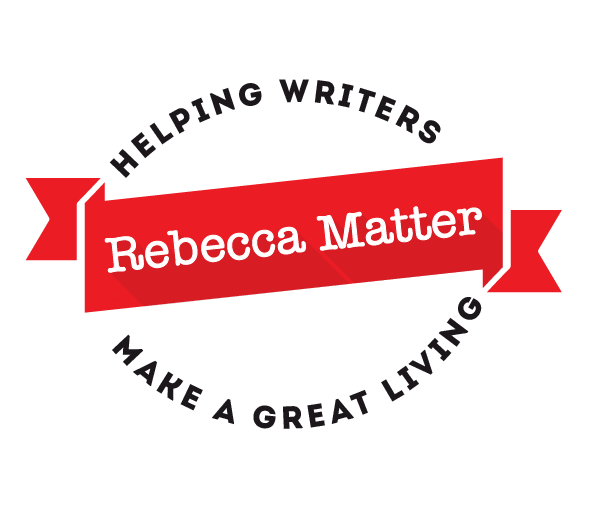You’re at a networking event full of promising potential clients …
And while standing at the bar waiting for your drink, the person beside you introduces themselves and follows it up with the following question:
“So what is it that you do?”
This is your chance!
You just need to tell them what you do, let them know you’re available to take on new clients, and engage them in a conversation.
Easy, right?
Or a lot of pressure?
This week, we’re working on your self-promotion strategy, and the first thing I want to tackle is your answer to that question.
Your answer is often called your elevator speech because it should be short enough to be able to communicate in the time it takes for a short elevator ride – about 15-30 seconds.
And it’s important to have an answer ready to go at any time because, as a freelancer, every person you meet could be a potential client.
I’ve made great connections at networking events and conferences – which are to be expected.
But I’ve also made connections on planes … at a fitness bootcamp … even once at the dentist!
And having a well-rehearsed answer to that question will give you the confidence you need to take advantage of the opportunity that question presents.
Successful self-help copywriter, Krista Jones, says she would hem and haw when someone would ask her that question, and answer with something like, “Well, I’m a copywriter. Not the kind that gives you a copyright for a book, but …”
She admits it was completely embarrassing and always made her feel uncomfortable. But once she developed her elevator speech – or as she calls it, her verbal tagline – she was able to turn this question into a conversation with the person.
“I’m a freelance copywriter. I write direct-response sales letters that help self-help publishers increase their business.”
Says Krista, “At this point, most people will want to know more, and that’s where you can really shine. Here are some tips for coming up with a response that will etch your name in their minds:
• Do some soul-searching. Figure out what kinds of products and services you’d enjoy selling as a copywriter. Be true to yourself – because if you’re not excited by or interested in the product, believe me, it will come through in your copy.
• Think about the service you provide. Come up with a few words that describe what you do best and include them in your response. Remember, this isn’t about you. You want to tell your prospect what you can do for him.
• Get to the point quickly. This will show that you know what you’re doing. After all, your job is to help your clients get their messages across in a compelling way.
“Once you’ve formulated your elevator speech, be sure to practice saying it. It should flow from your lips naturally and with confidence. And when it does, you’ll definitely increase your chances of finding clients!”
Taking this one step further, you should then modify your elevator speech to create a simple tagline to use on your freelance website and business cards.
If you’re not familiar with the word, a tagline is usually a single sentence that conveys your big promise to potential clients.
To come up with one, simply think about the service you provide and the benefits you bring to the table. Then, using a few words, describe what you can do for potential clients.
For example, one freelance copywriter I know, Penny Thomas, uses: Writing Direct Response Copy that Opens Wallets.
And the winner of my training series Build Your Freelance Website in Four Days competition, Mike LoSasso, uses: Veterinarian Copywriter: Who Knows Your Market Better?
Along with selling you, your tagline can also serve as an example of your writing – especially if it appears on your freelance website where clients can see firsthand just how good your writing is.
“So what is it that you do?”
Share it with me below!
